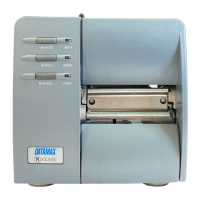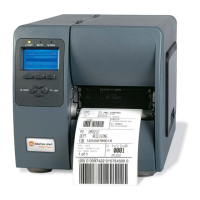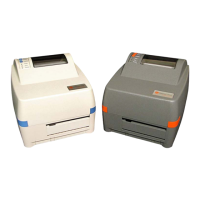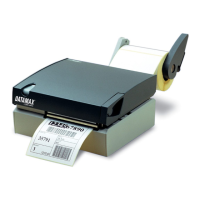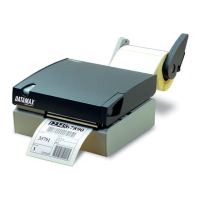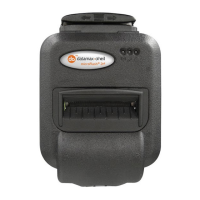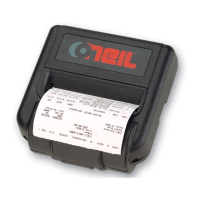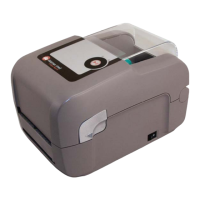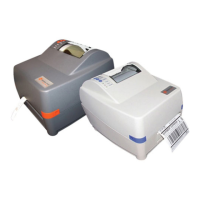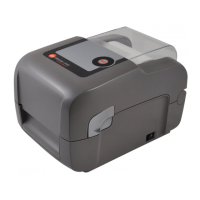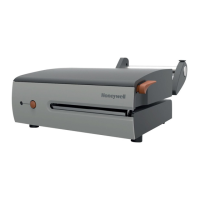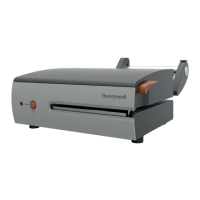M-Class 75
Advanced Entry Calibration (continued)
Step Operator Action Displayed Message Comment
12
From the data collected in Steps
10 and 11, where both the sensor
readings are above 20, subtract
each Label Value from the
corresponding TOF Value.
These are the Difference
Values.
From the resulting list, find the
largest Difference Value (see
example below). Its associated
Gain Number will provide the
best algorithm for your media.
!
HBJO!USBO!!!!!!=zzz?+1
1!!!!!!!!!)1!.!42*!
!
Or, for reflective media:
HBJO!SFGM!!!!!!=zzz?+1
1!!!!!!!!!)1!.!42*!
Both sensor readings must be above 20.
Gain
Number
Label
Value
TOF
Value
Difference
Value
00 255 254 1
01 251 240 11
02 241 213 28
03 231 182 49
04 219 150 69
05 212 119 93
06 200 88 112
07 189 58 131
08 178 32 146
09 167 19 N/A
10 156 17 N/A
11 146 16 N/A
12 136 15 N/A
… … … …
31 116 14 N/A
For example, if your
compiled data had the
values shown in this
table, Gain Number 8
would be chosen
because it has the
highest Difference
Value (146) where
both the Label Value
and the TOF Value
are above 20.
32 112 14 N/A
